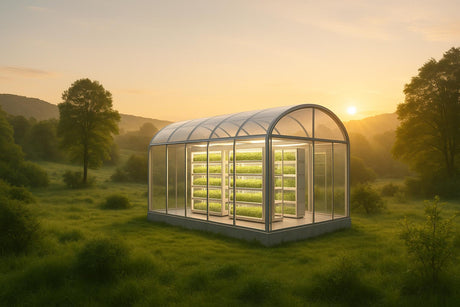
Urban vs. Rural: Consumer Demand for Cultivated Meat
Cultivated meat is gaining attention as an alternative to traditional meat, offering similar nutrition while reducing environmental impact. However, consumer interest varies significantly between urban and rural areas due to...





















